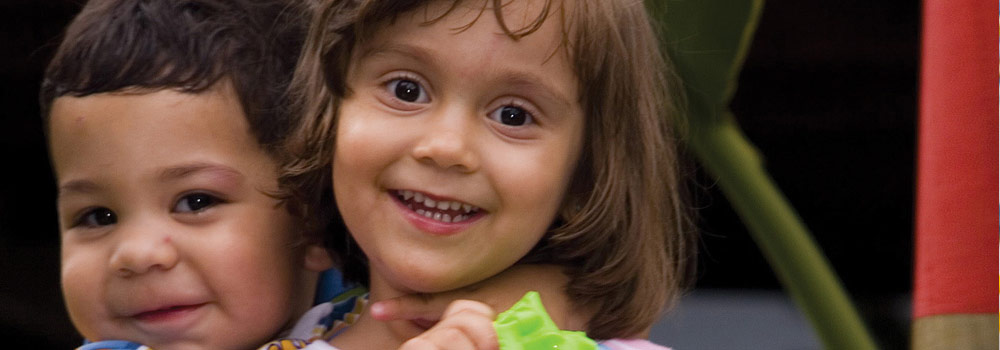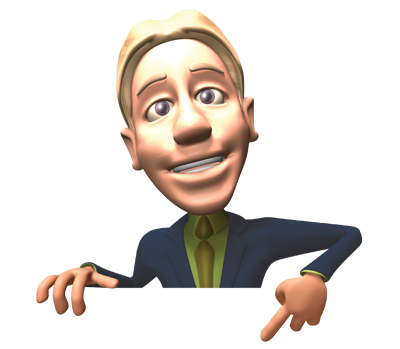Head lice are tiny wingless insects that are grey-brown in colour. They are the size of a pinhead when they hatch and 3mm long (the size of a sesame seed) when fully grown. Head lice cannot fly, jump or swim. They are spread by head-to-head contact and climb from the hair of an infected person to the hair of someone else. Head lice are not the result of dirty hair or poor hygiene. Children are often affected by head lice because they tend to have more head-to-head contact while at school or during play. Head lice are most common in children between 4 to 11 years old.
Getting rid of head lice:
Head lice can be effectively treated using medicated lotions or by wet-combing, using a specially designed head lice comb. Neither treatment method will protect against re-infestation if head-to-head contact is made with someone with head lice during the treatment period.
The wet-combing method involves removing the head lice by systematically combing the hair, from the scalp towards the ends, using a special fine-toothed comb with a spacing of less than 0.3mm. Your pharmacist can advise you on which combs are suitable. No medicated products are necessary for wet-combing.
Medicated lotion or spray is an alternative method for treating head lice. However, no medicated treatment is 100% effective.
You can also ask your school nurse, health visitor or pharmacist.


